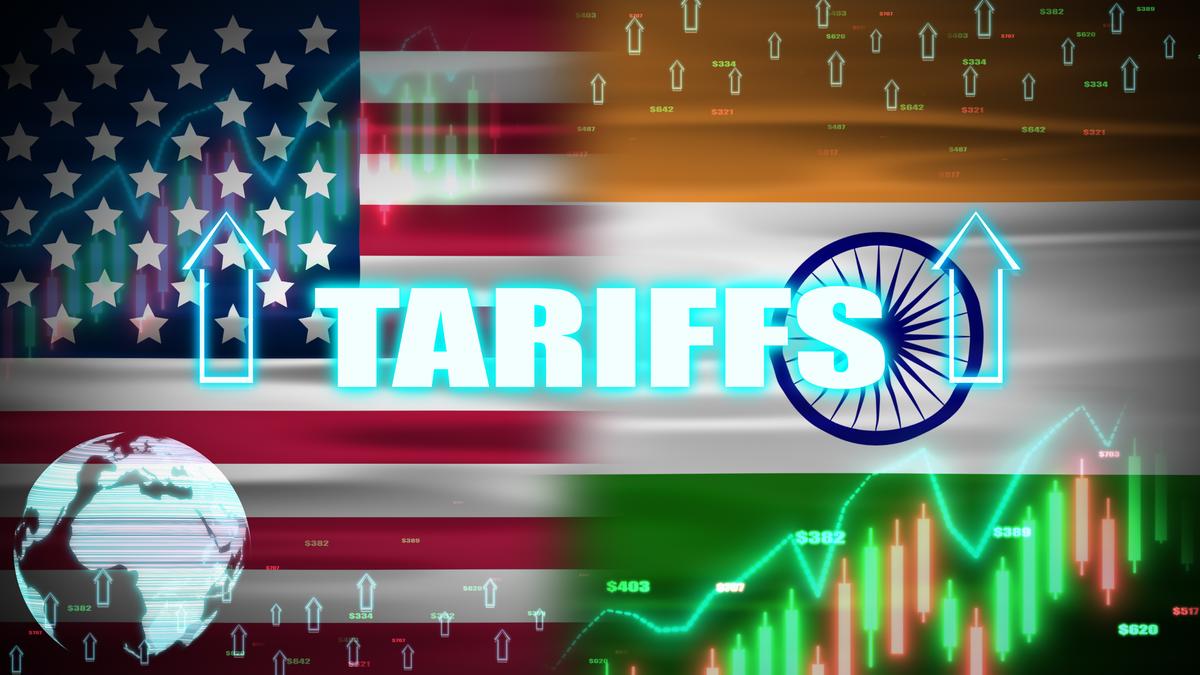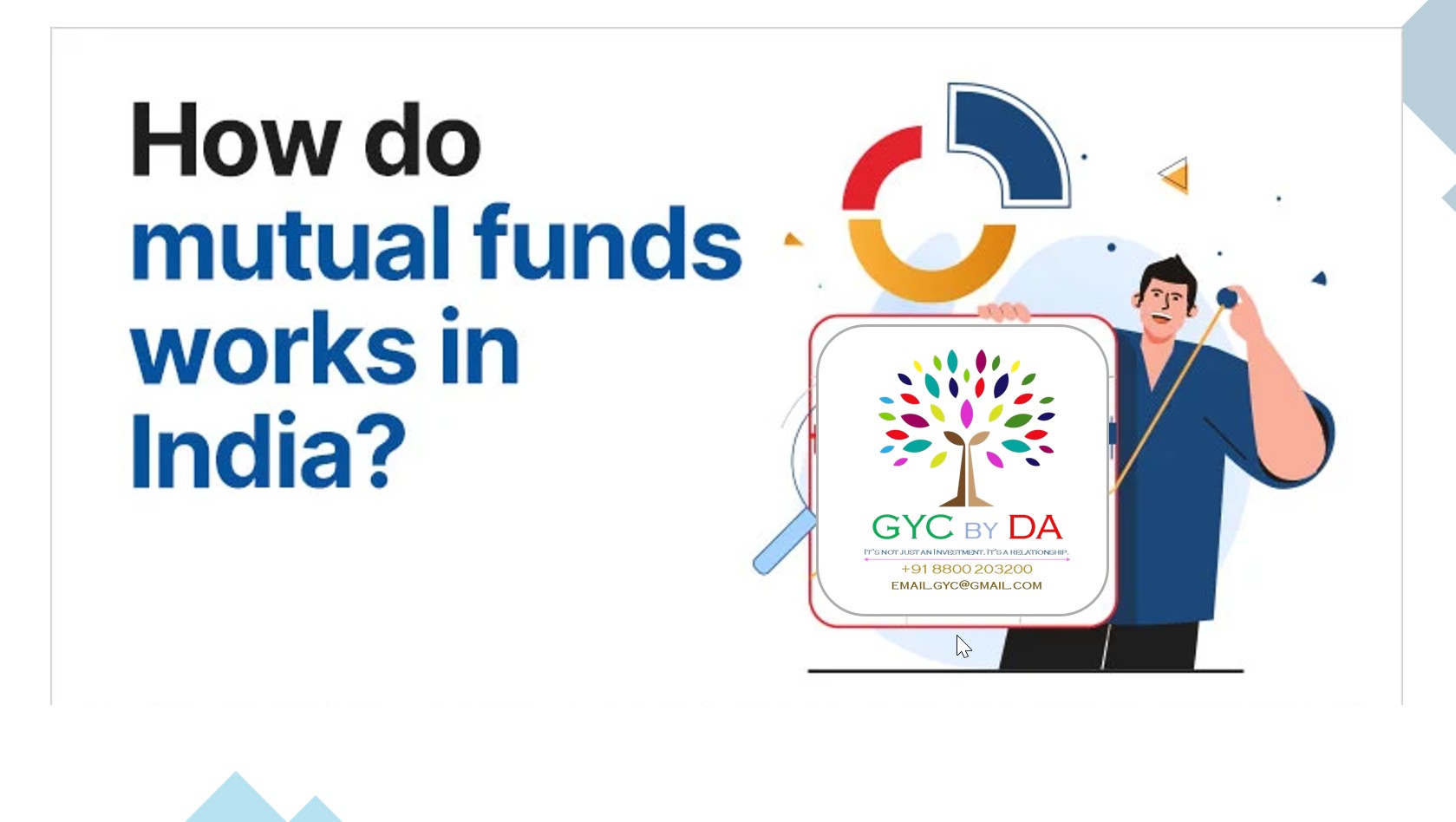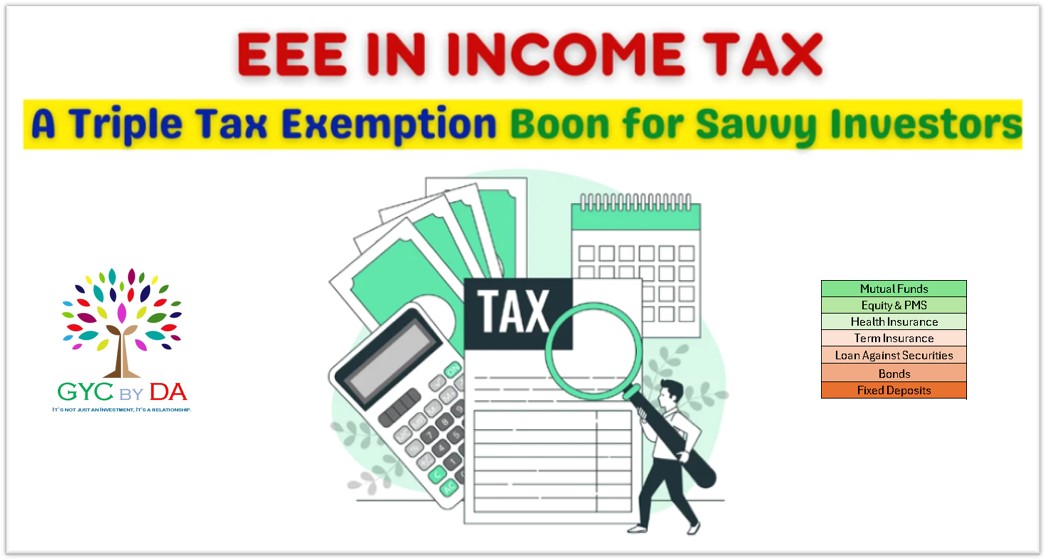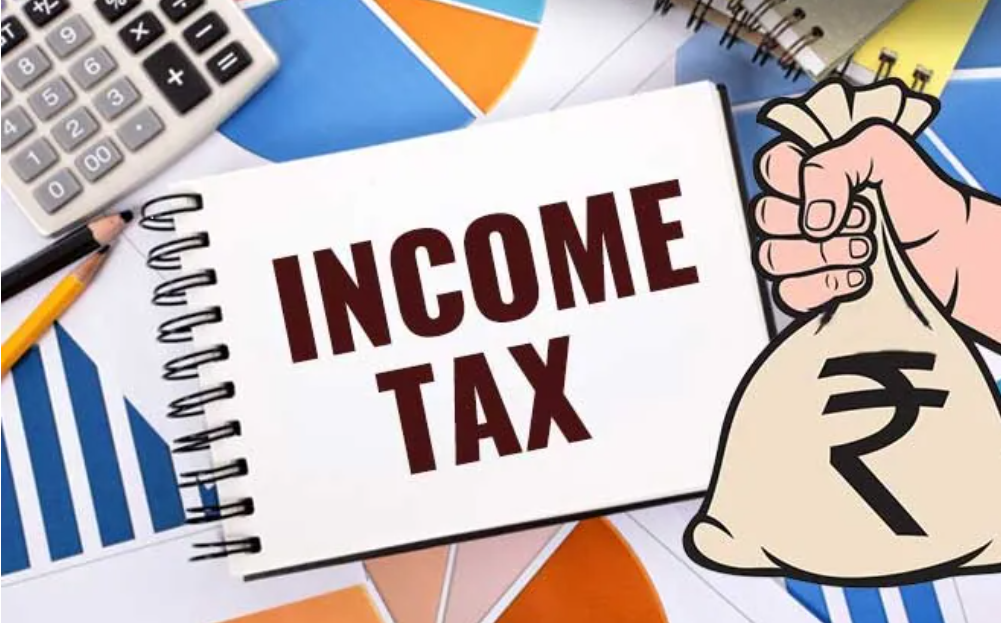Recent Blog
Income Tax under new Regime = Income above 12L Tax or No Tax
The Union Budget 2025 had surprisingly pleasant news for the Indian taxpayers and Investors. More so for the so-called and often-ignored Middle Class of India. And what exactly is the good news?
The Indian Taxpayers opting for New Tax Regime and earning less than Rs 12 lakh will have to pay No Taxes.
So going forward, there would be Zero (or NIL) tax for those with income of up to Rs 12 lakh in a year under the New Tax Regime & Slabs!
Let’s see how this works given that even in the new tax regime, the tax slabs start from Rs 4 lakh. So many are getting confused as to how the Rs 12 lakh income becomes tax-free when slabs start at a lower income threshold.
It is here that Tax Rebate Under Section 87A comes into the picture.
Here is a simple example to show the working:
How Income Tax is Zero (NIL) on Rs 12 lakh income under New Regime (2025)?
Suppose, your net taxable income is Rs 12 lakh.
As per the latest new tax slabs, the calculated normal tax liability is as follows:
0 to Rs 4 lakh – 0% – Nil Rs 4 lakh to Rs 8 lakh – 5% of Rs 4 lakh – Rs 20,000 Rs 8 lakh to Rs 12 lakh – 10% of Rs 4 lakh – Rs 40,000 So the total tax = 0 + Rs 20,000 + Rs 40,000 = Rs 60,000
But, the revised Section 87A limit now offers a full rebate for taxable income of up to Rs 12 lakh under the new tax regime. Earlier, eligibility for tax rebate under Section 87A was Rs 7 lakh. Now it has been enhanced in Budget 2025 to Rs 12 lakh.
Result?
Tax of Rs 60,000 – Rebate of Rs 60,000 = Zero Tax
So you can say that the so-called zero tax is applicable only for those whose taxable income is Rs 12 lakh or less under the new tax regime.
But what happens in case taxable income is more than Rs 12 lakh?
Let’s see…
Income Tax on income above Rs 12 lakh in New Tax Regime (2025)
If you wish to calculate income tax on your net taxable income above Rs 12 lakh, then let’s take an example to understand it.
Suppose, your total income is Rs 14 lakh.
As per the tax slabs, the calculated normal tax liability is as follows:
0 to Rs 4 lakh – 0% – Nil Rs 4 lakh to Rs 8 lakh – 5% of Rs 4 lakh – Rs 20,000 Rs 8 lakh to Rs 12 lakh – 10% of Rs 4 lakh – Rs 40,000 Rs 12 lakh to Rs 14 lakh – 15% of Rs 2 lakh – Rs 30,000 The total income tax in this case would be = 0 + Rs 20,000 + Rs 40,000 + Rs 30,000 = Rs 90,000
You may ask why aren’t you getting the Rebate under Section 87A in this case.
This is because the revised Section 87A limit is applicable for the new regime only for those who earn less than Rs 12 lakh. And in our example, that limit is crossed as the income is more than Rs 12 lakh.
Since your taxable income is Rs 14 lakh, which is not less than Rs 12 lakh in the new regime, you are not eligible for the rebate under Section 87A of the Income Tax Act.
So your tax liability remains at Rs 90,000 and you have to pay the full amount. Sorry! But you can still be wise about tax planning by giving priority to your investment planning.
It makes sense to repeat that the Section 87A Rebate in the new regime is available only if taxable income is Rs 12 lakh or less. Not if it’s above it.
A few more aspects to remember:
This increased Rs 12 lakh threshold is for total TAXABLE income, i.e. after considering all deductions that are applicable under the new regime like standard deduction (Rs 75,000), etc. So, if you are a salaried individual, and you get a standard deduction of Rs 75,000, then in your case, a total income of up to Rs 12.75 lakh will be tax-free!
The Rebate under Section 87A is not available for Capital gains. So you can’t adjust it against your taxes on capital gains. Let’s say you earn Rs 6 lakh from salary income and you have another Rs 3 lakh in capital gains. Then even though total earnings are Rs 9 lakh which is less than Rs 12 lakh, the rebate of Section 87A is not applicable on capital gains and hence, you will have to pay capital gains tax on the Rs 3 lakh capital gains (though salary of Rs 6 lakh remains tax-free).
I hope this article clarifies your doubts about how the income of Rs 12 lakh is tax-free under the new tax regime and what is the zero per cent (0%) income tax slab for those earning less than Rs 12 lakh.
That said, let me remind (and caution) you that while the income of Rs 12 lakh is now tax-free, and hence, there is no theoretical need to save tax, let this not deter you from saving/investing. Paying no tax is good. But you still have to save for the future. Earlier, there was a tax-linked incentive to do so for many. Now, it is up to you.
Regards,
GYC by Dinesh Aneja





